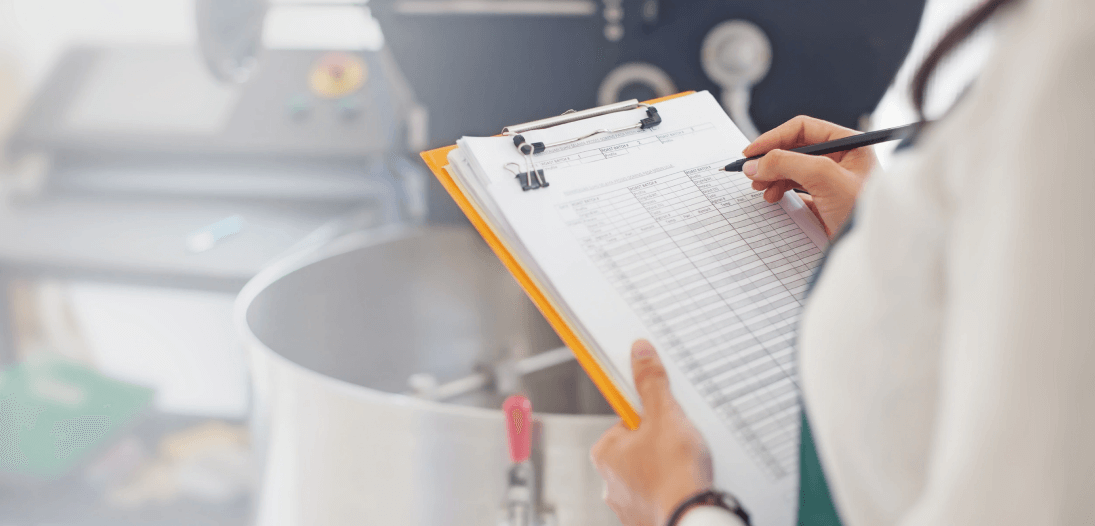Hazard Analysis and Critical Control Points (HACCP) is a systematic approach to identifying and controlling food safety hazards. It provides a proactive and preventive framework for managing risks and ensuring the safety of food products. In this article, we will explore the fundamental HACCP principles and their significance in maintaining food safety within the industry.
- Conducting Hazard Analysis:
The first principle of HACCP involves conducting a thorough hazard analysis. This step involves identifying and assessing potential biological, chemical, and physical hazards that may occur at each stage of the food production process. By identifying these hazards, food safety professionals can implement effective control measures to prevent or eliminate risks.
- Determining Critical Control Points (CCPs):
Once hazards are identified, the next principle is to determine Critical Control Points (CCPs). CCPs are specific points or steps in the food production process where control measures can be applied to prevent, eliminate, or reduce identified hazards to an acceptable level. These control points are critical for maintaining food safety and must be monitored and controlled effectively.
- Establishing Critical Limits:
Critical limits are predefined criteria set for each CCP that must be met to ensure food safety. These limits may include temperature ranges, time limits, pH levels, or other measurable factors. Establishing critical limits helps in creating clear guidelines and standards to monitor and control the identified hazards effectively.
- Implementing Monitoring Procedures:
The implementation of monitoring procedures is crucial to ensure that the critical limits at each CCP are being met consistently. Monitoring involves the regular observation, measurement, or assessment of critical control points to verify that the food safety controls are functioning as intended. Continuous monitoring provides real-time data for taking corrective actions if deviations from critical limits occur.
- Taking Corrective Actions:
The fifth principle of HACCP involves establishing procedures for taking prompt corrective actions when monitoring indicates a deviation from critical limits or when a potential hazard is identified. Corrective actions are necessary to prevent the distribution of unsafe food products and to address any non-conformities or deviations from the established food safety controls.
Conclusion:
Adhering to the HACCP principles is essential for ensuring safety in the food industry. By conducting hazard analysis, determining critical control points, establishing critical limits, implementing monitoring procedures, and taking corrective actions, organizations can effectively manage risks and maintain food safety. To further enhance HACCP implementation and ensure regulatory compliance, organizations can leverage advanced tools such as SGS Digicomply.
Powered by AI, SGS Digicomply provides comprehensive solutions for real-time monitoring, predictive risk management, and regulatory compliance. By integrating SGS Digicomply into their HACCP processes, organizations can enhance their ability to identify and mitigate risks, ensuring the safety and quality of their food products. Explore SGS Digicomply platform now.





.webp?width=1644&height=1254&name=Food%20Safety%20Dashboard%201%20(1).webp)
